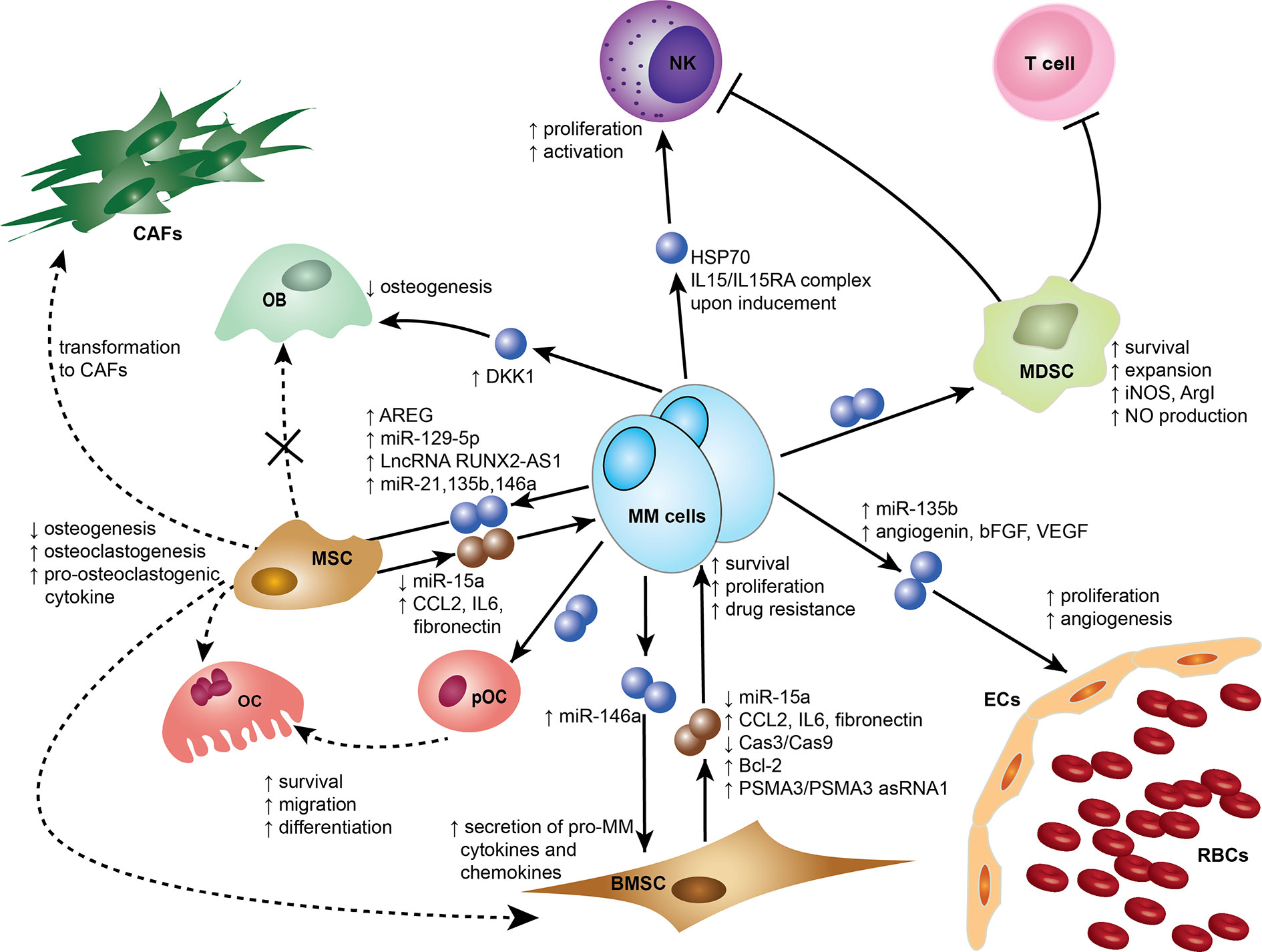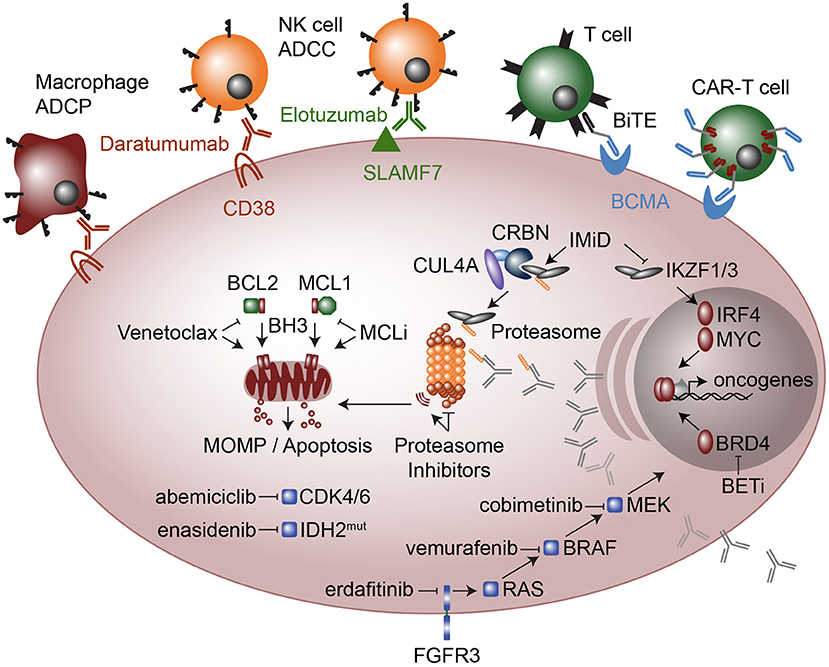Multiple Myeloma, often abbreviated as MM, is a complex and challenging form of cancer that affects plasma cells, which are an essential part of the immune system. This article provides a comprehensive overview of this condition, delving into its causes, symptoms, and available treatments. By understanding these aspects, patients, caregivers, and healthcare professionals can better navigate the complexities of this disease.

What is Multiple Myeloma?
Multiple Myeloma is a type of cancer that originates in the bone marrow, specifically affecting plasma cells. Plasma cells are white blood cells responsible for producing antibodies, which help the body fight infections. In people with this condition, abnormal plasma cells multiply uncontrollably, crowding out healthy blood cells and interfering with normal immune function.
This overgrowth of abnormal cells can lead to a variety of complications, including bone damage, kidney problems, and a weakened immune system. Unlike some other cancers, multiple myeloma typically does not form a single tumor but spreads throughout the bone marrow, affecting multiple areas of the body.
How Does Multiple Myeloma Develop?
The exact process by which multiple myeloma develops is still being studied, but researchers have identified several key stages:
- Precursor Conditions: Before progressing to full-blown multiple myeloma, many patients experience precursor conditions such as monoclonal gammopathy of undetermined significance or smoldering multiple myeloma. These conditions involve the presence of abnormal plasma cells but do not cause significant symptoms or organ damage.
- Genetic Mutations: Changes in the DNA of plasma cells can lead to uncontrolled growth and survival advantages for these abnormal cells.
- Bone Marrow Invasion: As abnormal plasma cells accumulate in the bone marrow, they disrupt the production of healthy blood cells, leading to anemia, weakened immunity, and other complications.
Causes of Multiple Myeloma
The precise cause of multiple myeloma remains unknown, but researchers have identified several risk factors that may contribute to its development. Understanding these factors can help individuals assess their risk and take preventive measures where possible.
Genetic Factors
Some cases of multiple myeloma are linked to genetic mutations that occur during a person’s lifetime. These mutations can affect how plasma cells grow and divide. While most cases are not directly inherited, certain genetic predispositions may increase susceptibility to the disease.
Environmental Exposures
Exposure to certain chemicals and radiation has been associated with an increased risk of developing multiple myeloma. For example:
- Long-term exposure to industrial chemicals like benzene or pesticides may elevate the risk.
- Radiation exposure, particularly from previous cancer treatments or occupational hazards, has also been implicated.
Age and Gender
Multiple myeloma is more common in older adults, with the majority of cases diagnosed in people over the age of sixty-five. Additionally, men are slightly more likely to develop the disease than women.
Obesity and Lifestyle Factors
Obesity has been identified as a potential risk factor for multiple myeloma. Maintaining a healthy weight and adopting a balanced lifestyle may reduce the risk of developing this condition.
Symptoms of Multiple Myeloma
The symptoms of multiple myeloma can vary widely depending on the stage of the disease and the specific complications it causes. In the early stages, some patients may experience no noticeable symptoms, while others may exhibit a range of signs. Below are the most common symptoms associated with this condition.
Bone Pain and Fractures
One of the hallmark symptoms of multiple myeloma is bone pain, particularly in the back, ribs, or hips. This pain occurs because abnormal plasma cells release substances that weaken bones, making them more prone to fractures. Over time, this can lead to significant discomfort and mobility issues.
Fatigue and Weakness
As abnormal plasma cells crowd out healthy red blood cells in the bone marrow, patients may develop anemia, leading to fatigue, weakness, and shortness of breath. This symptom can significantly impact daily life and overall quality of life.
Frequent Infections
Because multiple myeloma interferes with the production of normal antibodies, patients are at an increased risk of infections. Common infections include pneumonia, urinary tract infections, and skin infections. These infections can be more severe and harder to treat due to the weakened immune system.
Kidney Problems
Abnormal proteins produced by malignant plasma cells can accumulate in the kidneys, impairing their function. This can lead to symptoms such as swelling in the legs, reduced urine output, and fatigue. In severe cases, kidney failure may occur, requiring dialysis or transplantation.
Other Symptoms
In addition to the primary symptoms listed above, patients with multiple myeloma may experience:
- Numbness or tingling in the extremities due to nerve damage.
- Unexplained weight loss.
- Confusion or mental fogginess caused by high calcium levels in the blood.
Treatments for Multiple Myeloma
While there is currently no cure for multiple myeloma, advancements in treatment have significantly improved outcomes for patients. The goal of treatment is to control the disease, manage symptoms, and improve quality of life. Treatment plans are highly individualized, taking into account factors such as the stage of the disease, the patient’s overall health, and personal preferences.
Targeted Therapy
Targeted therapies focus on specific abnormalities within cancer cells that allow them to survive. For multiple myeloma, drugs such as proteasome inhibitors and immunomodulatory agents are commonly used. These medications work by disrupting the processes that malignant plasma cells rely on to grow and thrive.
Chemotherapy
Chemotherapy involves the use of powerful drugs to kill cancer cells. While chemotherapy can be effective in reducing the number of abnormal plasma cells, it often comes with side effects such as nausea, hair loss, and fatigue. It is frequently used in combination with other treatments.
Stem Cell Transplantation
Stem cell transplantation, also known as bone marrow transplantation, is a procedure in which damaged bone marrow is replaced with healthy stem cells. High-dose chemotherapy is typically administered before the transplant to destroy cancerous cells. This treatment option is most suitable for younger, healthier patients.
Radiation Therapy
Radiation therapy uses high-energy beams to target and destroy cancer cells. It is particularly useful for treating localized bone pain or preventing fractures in areas affected by the disease. Radiation therapy may also be used to shrink tumors that are pressing on nerves or other structures.
Supportive Care
Managing the symptoms and complications of multiple myeloma is a critical component of treatment. Supportive care measures include:
- Pain management through medications or physical therapy.
- Bone-strengthening drugs to reduce the risk of fractures.
- Kidney support treatments to address renal complications.
- Infection prevention strategies, such as vaccinations and antibiotics.
Emerging Treatments
Researchers are continually exploring new therapies for multiple myeloma, including immunotherapy and personalized medicine approaches. Immunotherapy harnesses the power of the immune system to target cancer cells, while personalized medicine tailors treatments based on the unique genetic profile of a patient’s cancer.
Living with Multiple Myeloma
Living with multiple myeloma requires a multidisciplinary approach involving medical care, emotional support, and lifestyle adjustments. Patients are encouraged to work closely with their healthcare team to monitor the disease, manage symptoms, and explore treatment options. Support groups and counseling can also provide valuable emotional and psychological support for patients and their families.





